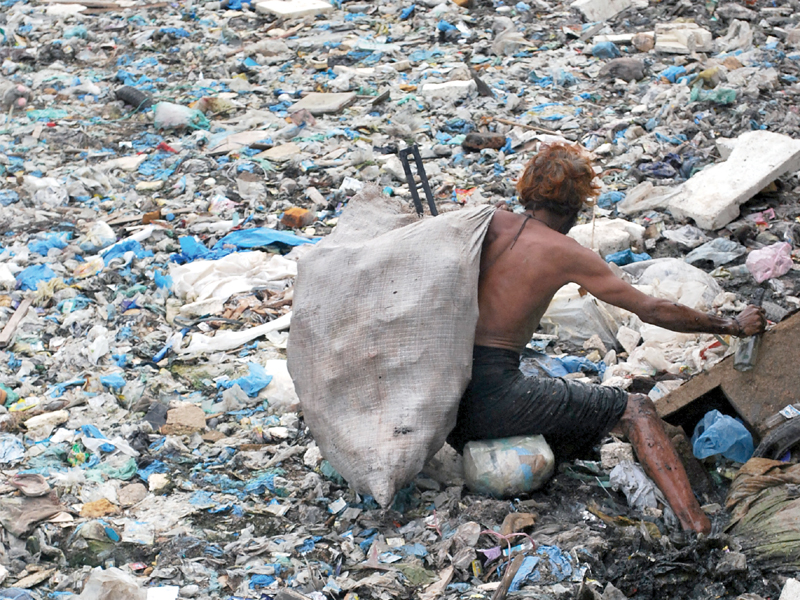
Korea International Cooperation Agency (KOICA) Director General Sung Choon-KI addressed a workshop on “Saemaul Undong: Implication for Socio Economic Development of Pakistan” at the KOICA office on Saturday.
He said the Saemaul Undong (SMU), also known as the New Community Movement, can contribute greatly to Pakistan’s social and economic development.
Launched in 1970 by then-South Korean president Park Chung Hee to bridge the disparity between South Korean urban centres and rural areas, SMU improved living conditions and infrastructure in villages by mobilising the community in the development process.
The workshop discussed ways to ensure sustainability of KOICA-funded programmes in Pakistan through the SMU model. Choon-KI said the SMU model had been a success in poverty alleviation and income generation in Punjab.
Workshop coordinator Mohsin Khan said most development theories and models focus on physical improvement. “But the Korean participatory development model ‘New Village Movement’ encompasses physical, social and cognitive development of the communities to not only change their living standards but also to create resilience via mental changes.”
Pir Mehr Ali Shah (PMAS)-Arid Agriculture University Rawalpindi Vice-Chancellor Rai Niaz Ahmed emphasised the importance of capacity building of rural communities. “We can ensure sustainability of aid projects by adopting core elements of SMU such as ownership, participation of locals, and leadership,” he said.
The VC said the university plans to support the rural development projects by training village leaders on SMU model through its Pak-Korea Capacity Building Center.
Punjab Local Government and Rural Development Secretary Dawood Muhammad Barech introduced model villages and rural development programmes of the Punjab government. He said that there are 2,000 model villages in the province. Barech said that the provincial government would mobilise rural communities for poverty alleviation and socioeconomic development of Pakistan.
University of Agriculture Faisalabad Vice-Chancellor Dr Iqrar Ahmed Khan said that huge resources had been utilised for economic reforms and poverty reduction in rural Pakistan. He said the Saemaul Movement could be a role model for Pakistan’s rural development paradigm.
“If other developing countries can learn from South Korea’s rural and agricultural development experiences, why not Pakistan, which has vast human resources,” said Khan.
Published in The Express Tribune, December 7th, 2014.
COMMENTS (2)
Comments are moderated and generally will be posted if they are on-topic and not abusive.
For more information, please see our Comments FAQ



































1713853507-0/MalalaHilary-(2)1713853507-0-270x192.webp)








There are other Microfinance models to combat poverty from a developing country.
We have an example of Akhuwat works in pakistan which is a symbolic institution for any deprived society.
To this statement from the government official: "Punjab Local Government and Rural Development Secretary Dawood Muhammad Barech introduced model villages and rural development programmes of the Punjab government. He said that there are 2,000 model villages in the province"
where are these 2000 mysterious model villages? Are these in the same country we live in?